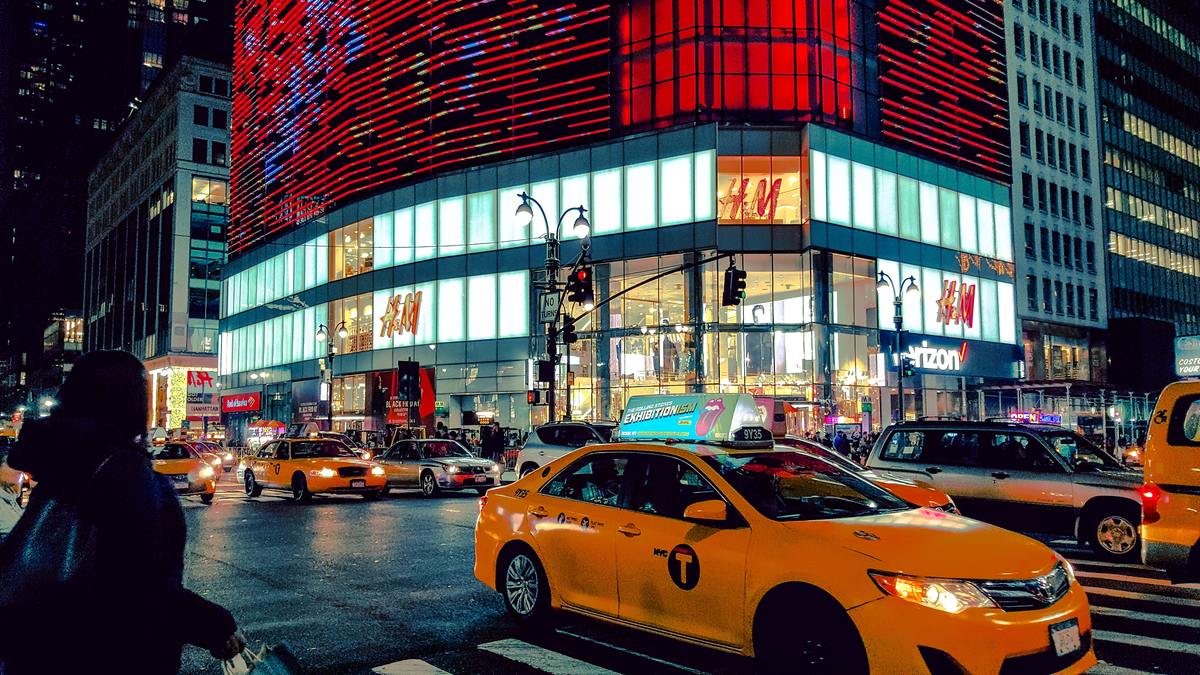This column debuted on the Forbes platform seven years ago with a three-part series on the future of fashion retailing. The series featured three companies that were flourishing by breaking rules and reinventing the business. How have they done since? Were they, in fact, the future of retailing?
Back in 2012 the economy was still fighting its way back from the depths of the Great Recession. Then there was Amazon (NYSE:AMZN). In the years since, an astonishing number of brands, both venerated and hot—from Macy’s (NYSE: M) to Forever 21—became endangered species or succumbed to extinction, leaving behind hollowed-out malls and a so-called retail apocalypse.
The 2012 series focused on three global leaders: Uniqlo, a subsidiary of the Japanese conglomerate Fast Retailing Co., Ltd (FRCOY); H&M (Hennes & Mauritz AB), the Swedish clothing retail giant; and Zara (Inditex ITX-U.TI), a fast-fashion house owned by a Spanish family and the largest of the group. I chose them because each had diverged from the prevailing model for fashion retailing—scouring the globe for new fashions, making huge commitments based on the products that seemed most likely to be winners, and then waiting for the results.
Uniqlo, H&M, and Zara were thriving by ignoring the prevailing “race to the bottom” on pricing and by embracing lessons learned from other industries—especially technology—to build long-term competitive advantages.












